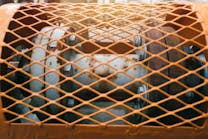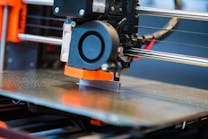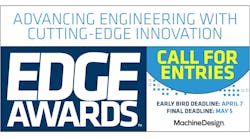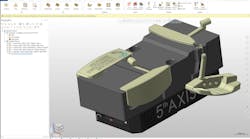Anyone keeping up with 3D printing will probably say it’s great for prototyping and some end-use parts. But when the amount of parts reaches a certain number, the return on investment (ROI) starts to move toward more traditional processes, such as injection molding. Some companies have been increasing this number over time. Recently, Formlabs and Stratasys each released new machines that will automate the entire 3D-printing process. These companies are increasing the ROI of 3D printing and capturing more market share from traditional processes.
It is important to point out the benefits of accelerating 3D printing. For manufacturers, this means gaining the ability to:
- Make faster iterations or modifications to prototypes and/or parts.
- Do lightweighting; 3D printing allows the ability to change the fill of parts from almost fully dense, to no fill at all.
- Produce complex geometries that aren’t possible in other processes.
- Open new revenue streams by offering customization.
Some of the ways companies are making this happen include:
- Combining multiple parts into one to reduce or eliminate assembly time.
- Nesting parts—if it’s possible with the process.
- Reducing or changing fill or reducing fill tolerances so that the printer will print faster on the areas where tolerance isn’t a concern
- Reducing post-processing by eliminating support structures or having support structures dissolve away easily.
- Through automation, which is the focus of this article.
Voice your opinion!
Voice your opinion!








